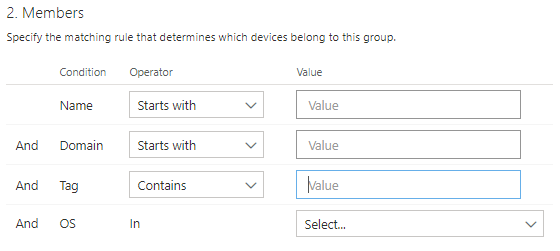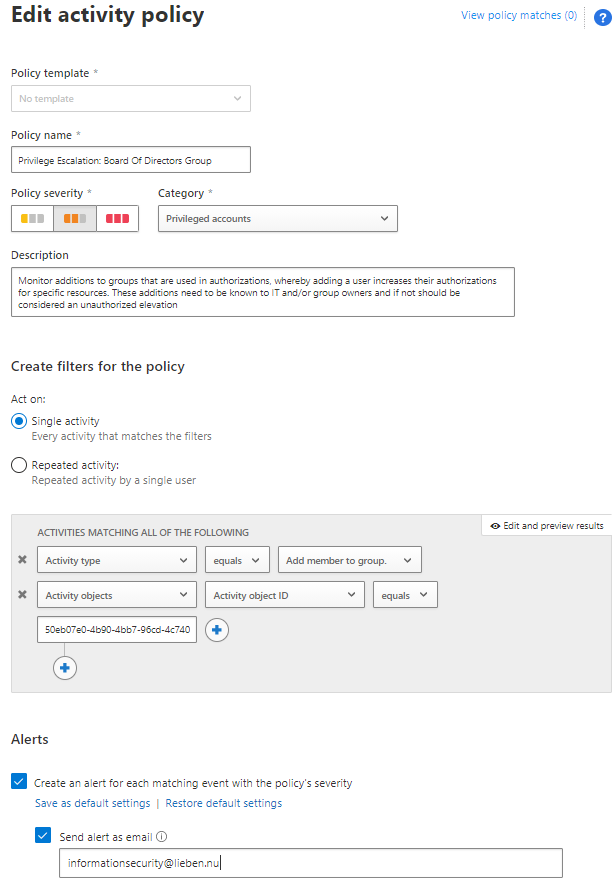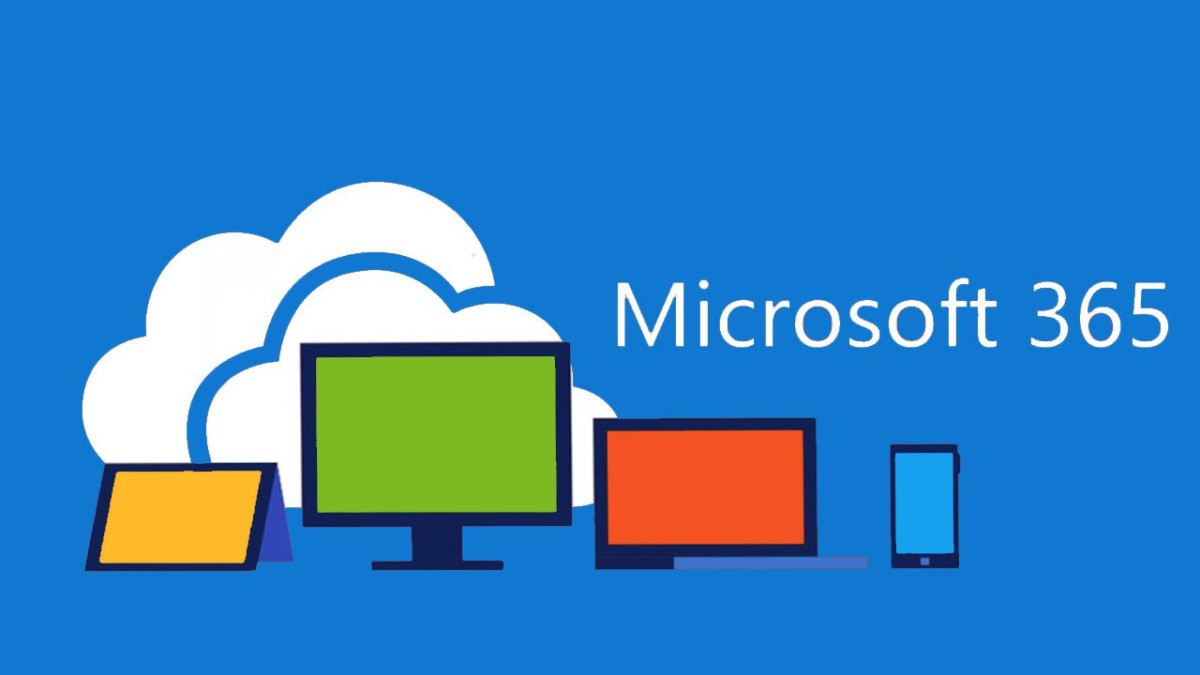Normally I’d recommend using the Unified Write Filter in Windows 10 to keep Kiosk machines in a semi-decent state.
For a customer that did not have this luxury, I wrote a tiny self-scheduling PowerShell script that will run as SYSTEM and clean up any of the specified folders in any of the user profiles on the machine.
This example can be used for many purposes to drop a script and maintain a scheduled task. Redeploying it will overwrite the dropped script and scheduled task as per the new config.
Git link or direct code here:
#Module name: Invoke-wipeSpecifiedProfileFolders
#Author: Jos Lieben
#Author Blog: https://www.lieben.nu
#Date: 18-12-2020
#License: Free to use and modify non-commercially, leave headers intact. For commercial use, contact me
#Purpose: Delete all files in the specified folder names in all user profiles on the machine, self-installs as a scheduled task
#Setup: Deploy to machines, in system context
#Requirements: Windows 10 build 1803 or higher
$folderWipeList = "Downloads,Network Shortcuts,Temp,Documents" #comma seperated list of folders to wipe
$desiredScriptFolder = Join-Path $env:ProgramData -ChildPath "Lieben.nu"
$desiredScriptPath = Join-Path $desiredScriptFolder -ChildPath "Invoke-wipeSpecifiedProfileFolders.ps1"
if(![System.IO.Directory]::($desiredScriptFolder)){
New-Item -Path $desiredScriptFolder -Type Directory -Force
}
Start-Transcript -Path (Join-Path $desiredScriptFolder -ChildPath "\folderWiperInstaller.log")
Write-Output "Configuring scheduled task..."
$taskname = "Invoke-wipeSpecifiedProfileFolders"
$taskdescription = "Delete all files in the specified folder names in all user profiles on the machine"
$action = New-ScheduledTaskAction -Execute 'Powershell.exe' -Argument "-NoProfile -WindowStyle Hidden -NonInteractive -ExecutionPolicy ByPass -File `"$desiredScriptPath`""
$triggers = @()
$triggers += (New-ScheduledTaskTrigger -AtStartup)
$triggers += (New-ScheduledTaskTrigger -Daily -At 23:00)
$settings = New-ScheduledTaskSettingsSet -ExecutionTimeLimit (New-TimeSpan -Minutes 5) -RestartCount 3 -RestartInterval (New-TimeSpan -Minutes 1)
$task = Register-ScheduledTask -Action $action -Trigger $triggers -TaskName $taskname -Description $taskdescription -Settings $settings -User "System" -Force -RunLevel Highest
Write-Output "task info: "
Write-Output $task
Write-Output "Writing script file to local disk..."
$scriptContent = "
Start-Transcript -Path (Join-Path $desiredScriptFolder -ChildPath `"\folderWiper.log`")
`$folderWipeList = `"$folderwipeList`"
`$folderWipeList = `$folderwipeList.Split(`",`")
Get-ChildItem 'HKLM:\Software\Microsoft\Windows NT\CurrentVersion\ProfileList' | ForEach-Object {
`$rootPath = `$_.GetValue('ProfileImagePath')
Write-Output `"Parsing folders in `$rootPath`"
`$childItems = `$Null
`$childItems = Get-ChildItem -Path `$rootPath -Directory -ErrorAction SilentlyContinue -Recurse -Force | where{`$folderWipeList -contains `$_.BaseName}
if(`$childItems){
foreach(`$folder in `$childItems){
Write-Output `"Wiping matched folder: `$(`$folder.FullName)`"
Get-ChildItem -Path `$folder.FullName -Force -ErrorAction SilentlyContinue | Remove-Item -Force -ErrorAction SilentlyContinue -Recurse -Confirm:`$False
}
}
}
Stop-Transcript"
Set-Content -Value $scriptContent -Path $desiredScriptPath -Force -Confirm:$False
Write-Output "Starting script as task for the first time..."
Start-ScheduledTask -InputObject $task
Write-Output "Install script has finished running"
Stop-Transcript





